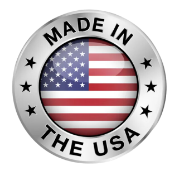by Guest Author Marina Prospero Certified Posture Specialist

Growing up as a heavyset child, I developed very quickly. By the age of nine, I was taller than most of my friends and developed breasts earlier than my peers. This made me self-conscious, leading me to try and hide my chest by rounding my shoulders and turning inward. Over time, this posture, adopted to conceal my developing body, became ingrained and resulted in poor posture habits.
Sitting at a desk for eight hours a day as a child, especially on a hard surface, can be incredibly uncomfortable. Desks are often not ergonomic, lacking proper support and alignment for a growing body. This environment exacerbates poor posture habits as children naturally slump or hunch over to find some semblance of comfort. The lack of proper support leads to muscle strain, discomfort, and reinforces bad posture over time. These daily, long hours in unsupportive seating arrangements contribute significantly to the development of poor posture.
Effects of poor posture from lack of early education
Importance of core strength for proper posture
In addition to the discomfort of non-ergonomic desks, we weren’t guided to understand the fundamentals of strong posture from an early age. There was no emphasis on developing our core strength, which is essential for maintaining proper posture and supporting our bodies. Without this foundational knowledge, many of us developed habits that led to slouching, hunching, and other forms of poor posture. The lack of early education on posture and core strength meant that we didn’t learn how to properly support our growing bodies, contributing to long-term issues as we moved into adulthood.
Interestingly, in the past — particularly during the 1940s, 50s, and 60s — there was a significant focus on posture hygiene in physical education. During this era, good posture was considered a cornerstone of health, wellness, and fitness. Physical education programs often included exercises and routines specifically designed to promote strong posture. Children were taught the importance of standing tall, sitting correctly, and developing core strength as part of their daily routines. This emphasis on posture hygiene helped instill good habits from a young age, reinforcing the connection between posture and overall well-being. Unfortunately, this focus has diminished over the years, leaving many of us without the necessary guidance and understanding to maintain healthy posture as we grow.
Today, it almost seems as if teachers, parents, and other influential figures in a child’s development are hesitant to address issues of posture. There appears to be a fear of being perceived as bullies or overly critical for pointing out a child’s physical habits. This reluctance can be detrimental, as it prevents young individuals from receiving crucial guidance on maintaining good posture. Without early intervention and education on posture, children may continue developing habits that lead to long-term physical issues. By contrast, the focus on posture hygiene in past decades provided essential support and awareness that helped foster healthier habits from a young age.
Impact of slouching on teenage posture
How slouching affects developing bodies in teens
During my adolescence, slouching often seemed to be perceived as a ‘cool’ posture among young adults. This trend is particularly noticeable in the teenage years when fitting in and appearing relaxed or nonchalant can feel important. Many teenagers adopt a slouched posture as a way to conform to this laid-back, seemingly effortless aesthetic. Unfortunately, this cultural trend can have negative consequences on developing bodies. During adolescence, the body undergoes significant growth and changes, making it a critical period for establishing good posture habits. Slouching during this time not only reinforces poor posture but can also lead to discomfort and long-term musculoskeletal issues.
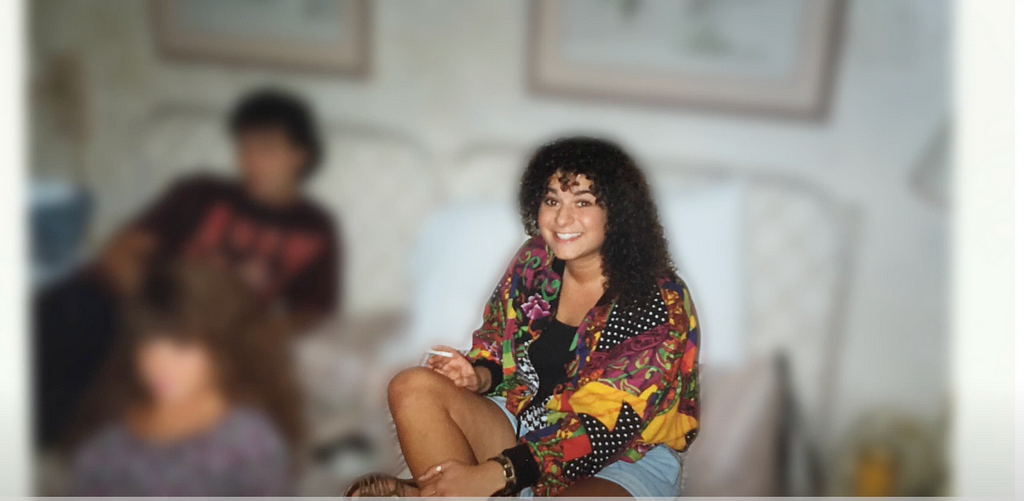
My weight fluctuated significantly throughout my teenage years, and this had a noticeable impact on my posture. The extra weight added strain on my spine and muscles, making it more difficult to maintain good posture. Conversely, periods of rapid weight loss left me feeling physically weaker, which also contributed to poor posture habits. These fluctuations created a cycle where my posture would deteriorate regardless of my weight at the time, exacerbating my discomfort and making it even harder to establish a healthy posture.
How body image affects posture in teenagers
The relationship between self-esteem and posture in adolescence
As a teenager, my fluctuating weight didn’t just affect my physical posture; it deeply impacted my mental and emotional well-being. Each time my weight changed, I felt a surge of insecurity and self-consciousness that was hard to shake. These feelings led to a constant struggle with my body image, making me want to hide even more. The emotional turmoil I experienced during these years often manifested in my posture — rounding my shoulders, hunching over, and turning inward became both a physical and emotional shield.
The stress and anxiety from trying to fit in and dealing with self-esteem issues took a toll on my mental health. I felt trapped in a cycle where my poor posture would make me feel even worse about myself, and feeling bad about myself would further deteriorate my posture. This vicious cycle was incredibly challenging to break and highlighted how deeply interconnected our mental, emotional, and physical states are.
How hormonal changes affect teenage posture
Starting my menstrual cycle at an early age presented a multitude of emotional, physical, and mental challenges that intensified the complexities of adolescence. Each month, the hormonal fluctuations impacted not just my physical health but also my emotional state and mental clarity. This regular shift in my hormonal balance could dramatically affect my confidence and self-esteem. The physical symptoms, such as cramps and bloating, combined with heightened emotions, made maintaining a positive body image increasingly difficult. These experiences deeply influenced my posture as well; I found myself physically curling inward during periods of intense discomfort or emotional distress, which only further ingrained poor posture habits.
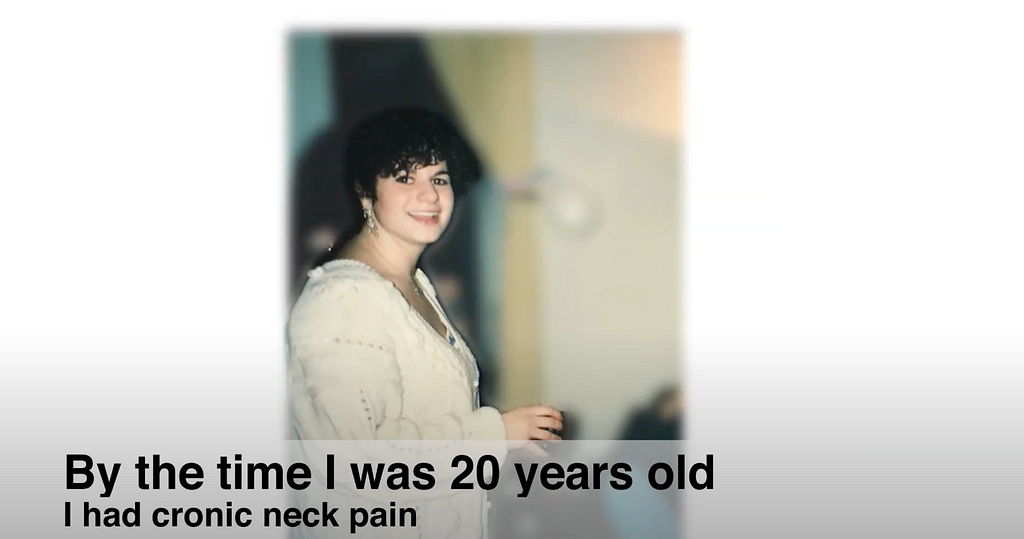
Adolescence is a critical time for self-image as young individuals face a myriad of challenges that can impact their self-esteem and how they present themselves to the world. Common issues like acne can cause significant distress and a desire to ‘hide’ from others, leading to slouched shoulders and a lowered head. Similarly, being perceived as too underweight, too tall, or too short compared to peers can deeply affect one’s confidence, often causing adolescents to adopt posture that they believe minimizes their perceived ‘flaws.’
How self-consciousness affects posture in adolescents
Furthermore, the awkwardness felt during various stages of physical development, coupled with a lack of understanding or open conversations about puberty and sexuality, can leave adolescents feeling isolated or embarrassed about their bodies. This lack of confidence and increased self-consciousness often manifests physically in their posture, as they might slump or hunch in an attempt to withdraw from attention.
Addressing these issues in the context of posture isn’t just about correcting physical alignment but also about nurturing a positive self-image. By understanding the profound impact these developmental challenges have on posture, we can better support adolescents in embracing their transformations confidently, ultimately encouraging a healthier physical presentation to the world.
Impact of long hours standing on lower back health
As I stepped into my twenties, armed with a deeper sense of self-awareness and a burgeoning understanding of my body, I began to actively seek ways to correct the poor posture habits that had plagued my adolescence. This decade was marked by a commitment to self-improvement and health. I explored various methods, from physical therapy and yoga to ergonomic assessments and posture-correcting devices. Each experience contributed to a growing knowledge base about what worked for my body and what didn’t, guiding me toward more effective solutions.
During my time as an assistant director in the film industry, the demanding nature of the job required me to spend long hours on my feet. This relentless standing, combined with the fast-paced environment, significantly contributed to fatigue in my lower back. The constant pressure and stress on my spine from standing for extended periods without adequate support or the opportunity to rest exacerbated my existing posture-related problems.

By the time I was 30, despite having tried numerous treatments, I was still suffering from debilitating low back pain. This ongoing struggle had a profound impact on my life, crippling me to the extent that I could no longer sustain my work in the film industry. The constant pain not only affected my professional life but also deeply influenced my personal life, leading me to reassess my career path and the ways I managed my health.
Innovative posture correction harness for back pain relief
After enduring years of debilitating back pain and finding little lasting relief from numerous therapies, my encounter with Collon Brown was serendipitous. Collon had developed an innovative full harness made from elastic resistance tubing that encircled the body. This device was designed not just to support but actively enhance posture by gently pulling the body into a more aligned position. The concept was grounded in the principles of dynamic tension and resistance training, offering a proactive approach to posture correction.
Dynamic tension and resistance training for posture improvement
Intrigued and somewhat desperate for a solution, I decided to try Collon’s harness. The results were unexpectedly profound. Not only did the harness help reduce my immediate discomfort, but it also encouraged my body to engage muscles that had been neglected, promoting strength in areas critical for spinal health. This experience was transformative — it not only alleviated my pain but also inspired a deeper interest in developing posture-enhancing solutions.
Effective solutions for chronic back pain through posture correction
This pivotal encounter set the stage for my later innovations in posture correction tools, laying the foundation for what would eventually become my own contributions to the field. It was a moment of clarity that shifted my focus from merely managing pain to actively improving bodily function and quality of life.

Innovative harness design for back pain relief
At pivotal points in our careers, both Collon and I recognized the potential in his innovative harness design to revolutionize the way back pain and posture issues were addressed. This realization came at a time when we were both seeking meaningful changes in our professional lives, driven by a shared commitment to health and wellness innovation. We saw in the harness not just a business opportunity but a chance to make a real difference in people’s lives.
Effective solutions for poor posture and back pain
Together, we dedicated ourselves to refining the initial design, focusing on making it more adaptable and effective for a wider audience. Our collaboration was fueled by a mutual belief that this tool could significantly contribute to solving persistent back pain problems, an issue that affects millions globally. Through rigorous testing, feedback, and continuous improvements, we aimed to bring this product to the masses, ensuring it was both accessible and beneficial.
Our partnership underscored a shared vision: to create a solution that was not only commercially viable but also capable of providing genuine, lasting relief and improved quality of life for those suffering from poor posture and its associated pains.
Entrepreneurship in health and wellness innovation
After solidifying our partnership and refining the initial harness design, Collon and I entered the exhilarating yet daunting world of entrepreneurship. Bootstrapping the business meant managing every aspect of the venture from the ground up — funding, product development, marketing, and sales — all without significant external financial support. This approach required not only a deep commitment to our product’s potential but also a willingness to take on the multifaceted challenges of a startup.
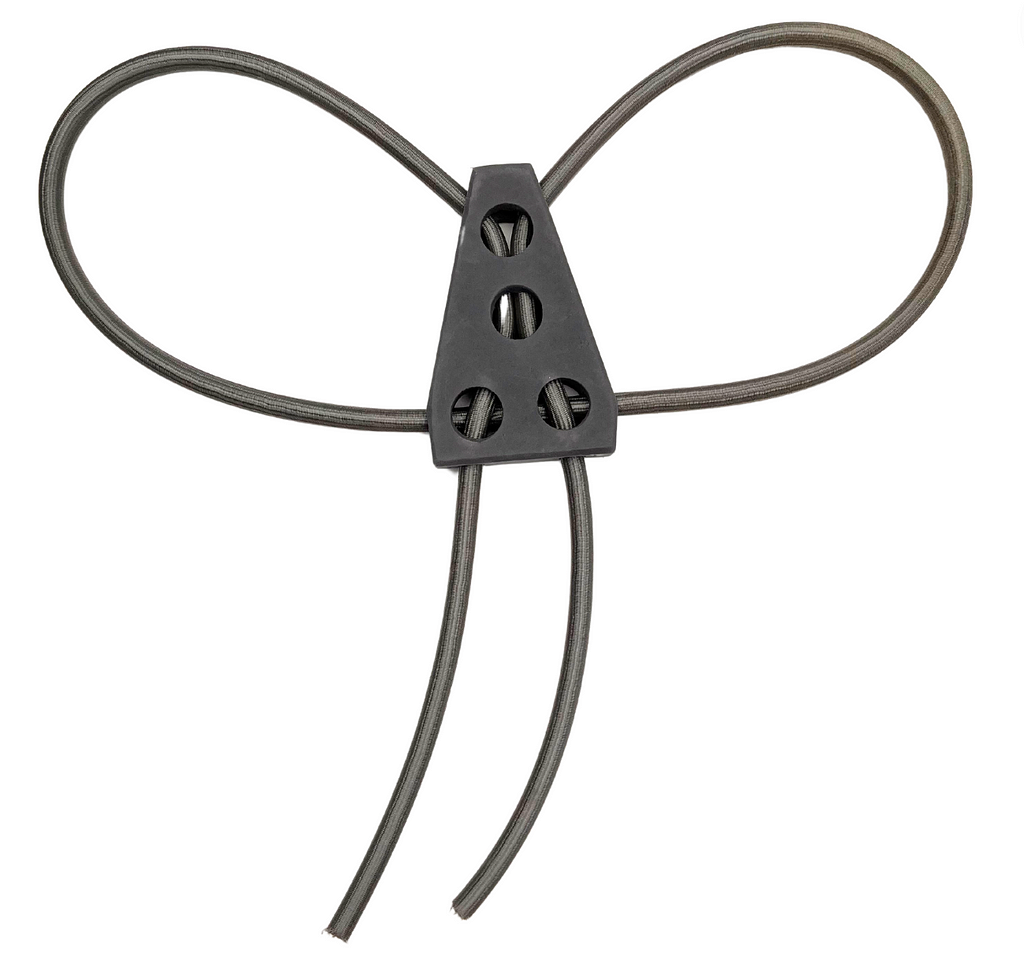
Prototype development for posture correction devices
The first crucial step was to develop a prototype that could be tested in real-world scenarios. This involved iterative cycles of design tweaks, user feedback, and rigorous testing to ensure the product not only met but exceeded expectations for effectiveness and usability. Each iteration brought us closer to a model that we felt confident could make a significant impact on the market.
Managing resources in posture improvement startups
Simultaneously, we faced the roller coaster of managing our limited resources, often stretching every dollar to cover the essential aspects of production and outreach. The stress and excitement of this phase were palpable, as every small success felt like a monumental victory, and every setback a significant hurdle.
Through this process, we learned vital lessons about resilience, adaptability, and the importance of maintaining a clear vision. These experiences not only shaped our product but also molded our identities as entrepreneurs committed to enhancing health and wellness.
Balancing marriage and business in posture correction ventures
As Collon and I embarked on this venture together, our relationship evolved beyond just business partners; we were also navigating life as a married couple. This dual relationship brought both strengths and challenges to the table. On one hand, our personal bond allowed for a deeper trust and understanding, fostering a strong collaborative spirit that was crucial in the turbulent world of startups. We shared a common vision not just for our business but for our future together, which drove us to persevere through challenges with a united front.
However, blending our personal and professional lives meant that the stresses of entrepreneurship inevitably spilled over into our personal relationship. The pressure to succeed, coupled with the everyday challenges of running a business, required us to be particularly mindful of maintaining a healthy balance. We had to constantly navigate between our roles as business partners and life partners, ensuring that the pressures of one did not undermine the other.
Communication and support in posture correction business
Throughout the development of the product and the growth of our business, we learned crucial lessons about communication, mutual support, and boundary-setting. These lessons were invaluable, not just for the success of our business but for strengthening our relationship. Each hurdle we overcame together on this entrepreneurial journey solidified our partnership, both professionally and personally.
Advice from chiropractors for posture improvement ventures
As we navigated the complexities of our joint entrepreneurial and personal lives, we consulted with Dr. Spencer Barron, a respected chiropractor and then-president of the Florida Chiropractic Association. During a period when he was dealing with his own personal challenges, including a divorce, Dr. Barron shared a pivotal piece of advice with us. He emphasized the importance of quick resolution tactics in both personal and business relationships. According to him, being able to swiftly resolve issues prevents the build-up of resentment and grudges, which are detrimental to any relationship.

Taking this advice to heart became a cornerstone of our relationship. We developed a method for addressing and resolving conflicts efficiently, which allowed us to move forward with greater understanding and commitment. This approach not only strengthened our bond as a couple but also enhanced our partnership in business. It taught us the value of clear communication and fast action in problem-solving, which proved essential as we faced the myriad challenges of growing a new business.
Instant posture transformation with corrective harness
The moment I put on the harness, I experienced an instantaneous transformation in my posture. From a hunched and abnormal body position, I shifted to an expanded and much more balanced stance. This change was not just physical; it was profoundly psychological as well. The harness physically repositioned my spine and shoulders, aligning them in a natural, upright posture that I hadn’t felt in years. The instant correction provided by the harness also brought an immediate sense of relief and a boost in confidence.

Psychological benefits of improved posture alignment
Feeling my body properly aligned for the first time in a long while was revelatory. It highlighted how accustomed I had become to the discomfort and constraints of poor posture. This experience was a turning point, affirming the potential of our product to make a real difference in people’s lives. It reinforced our commitment to refining the harness further, ensuring that it could provide similar transformative experiences to others suffering from posture-related issues.
Harness for immediate relief and confidence boost in posture correction
The profound impact of the harness on my posture led to a pivotal moment in our product’s branding. Witnessing the immediate transformation in my alignment and the overwhelming sense of relief it provided, we were inspired to encapsulate these benefits into a succinct, compelling catchphrase. “Perfect posture instantly” not only described the immediate effectiveness of the harness but also communicated the promise of transformation to potential users. This catchphrase became central to our marketing efforts, effectively conveying the unique selling proposition of our product.

Instant posture relief and discomfort solution with harness
By highlighting the instant benefit, we aimed to resonate with individuals seeking immediate relief from posture-related discomfort. This messaging was designed to appeal to those who could relate to the long-term struggle with poor posture and were in search of a quick, reliable solution.
Consumer-tested posture correction harness with real-time feedback
Once we had a working model of the harness that we were confident could sell, we embarked on a robust phase of consumer testing. We attended hundreds of consumer shows, where we demonstrated the harness to thousands of people. This direct interaction provided us with invaluable feedback and allowed us to see the immediate effects of our product on a diverse range of individuals.
This extensive field testing was instrumental in refining the product. Each demonstration not only served as a real-time test of the harness’s effectiveness but also as an opportunity to engage directly with potential customers. Their reactions, questions, and feedback were critical in understanding how the product met their needs and where improvements could be made. We meticulously collected data on the users’ experiences, paying close attention to their posture before and after using the harness and any feedback regarding comfort, usability, and perceived value.
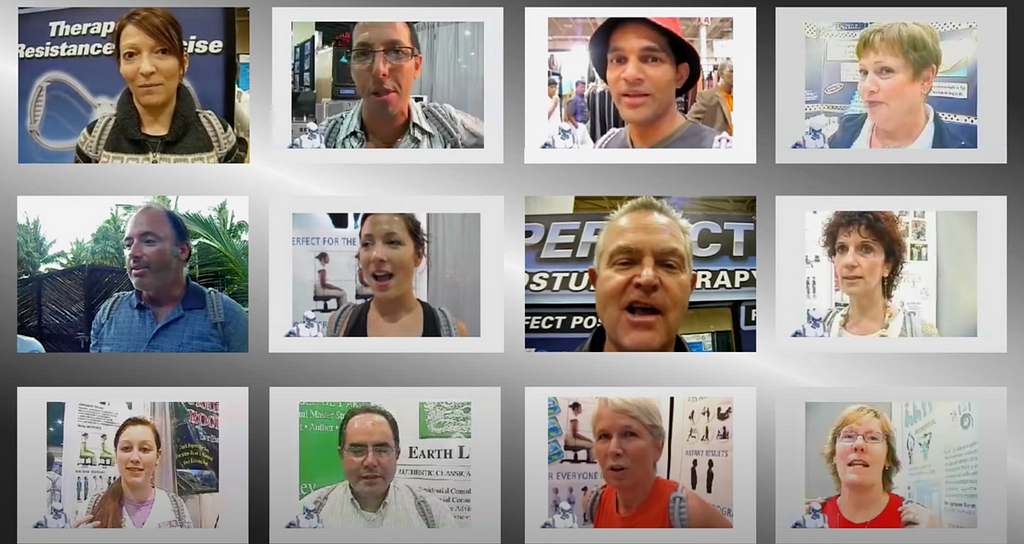
This hands-on approach helped us to iterate on the design and functionality, ensuring that the final product was not only effective but also user-friendly and marketable. It was during these consumer shows that we truly understood the impact our product had on improving people’s lives, solidifying our commitment to delivering a high-quality solution to posture-related issues.
Daily use of posture corrector for sciatica relief and improved alignment
Throughout the rigorous phase of product testing and consumer shows, I wore the harness daily for extended hours. This consistent use had a profound and positive effect on my body. Over time, I noticed significant improvements in my posture — it became better, stronger, more balanced, and more attractive. The continuous support from the harness not only alleviated my posture issues but also played a crucial role in addressing my sciatica pain. Remarkably, the sciatica, which had been a persistent source of discomfort and limitation, became a thing of the past. I no longer experienced the debilitating pain that had once overshadowed my daily life.
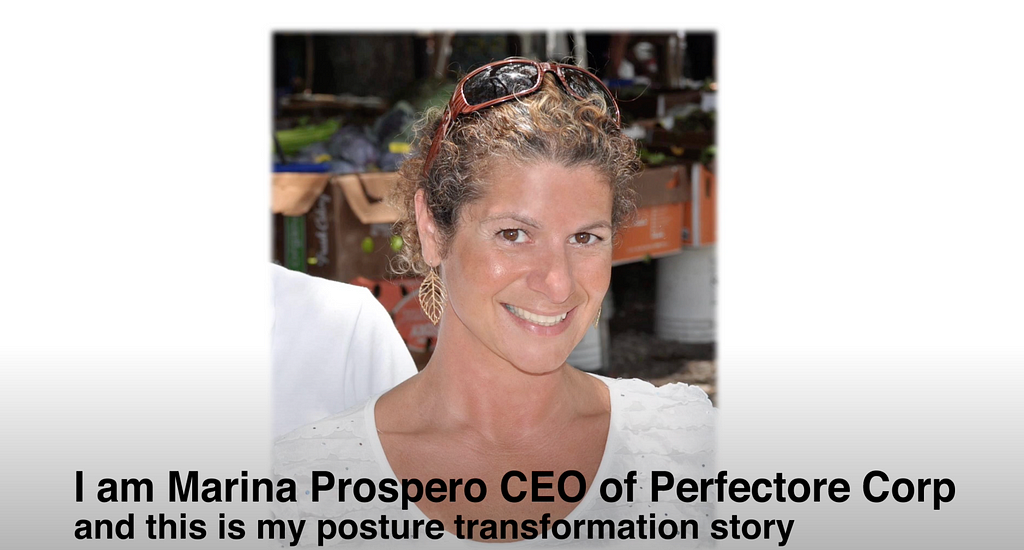
Transformative posture correction tool for chronic pain relief
This personal transformation was not just a testament to the product’s effectiveness but also became a powerful part of our marketing narrative. My own journey from chronic pain to a pain-free existence underscored the credibility of the harness and its potential to genuinely improve quality of life. It reinforced the message that this was more than just a posture correction tool — it was a pathway to better health and increased confidence.
Check out the Back Transformer at:


